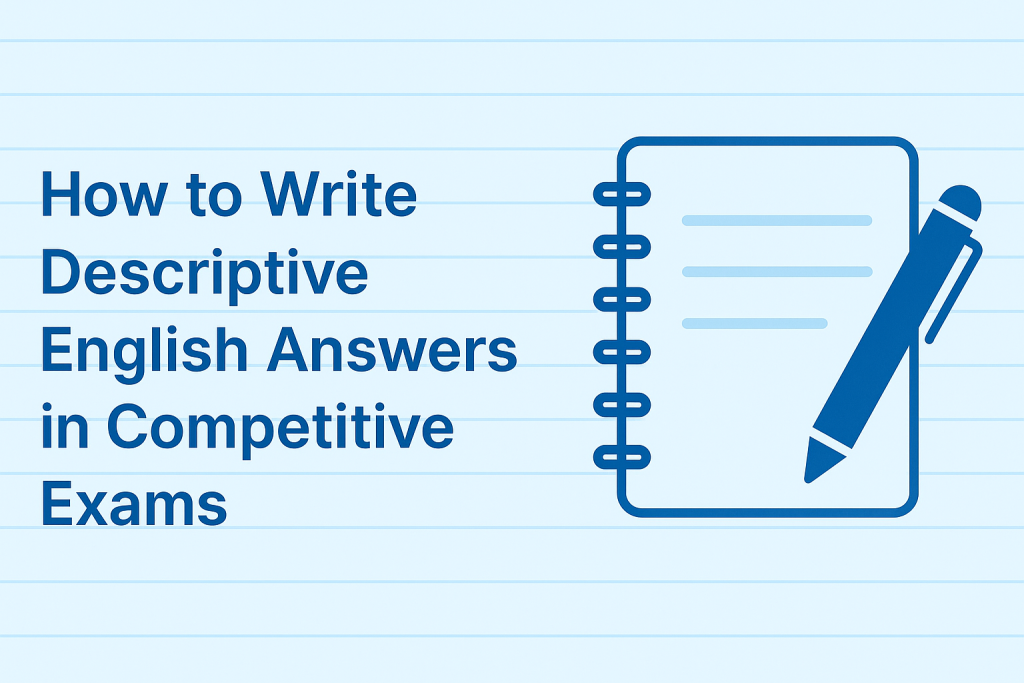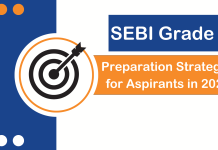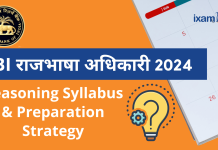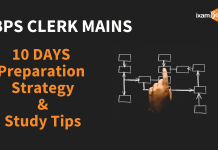Every competitive exam with a descriptive paper—be it RBI Grade B Phase II, SBI PO Mains, SSC CGL or UPSC Mains—demands more than just knowing facts. It’s about organising your thoughts, expressing them fluently in English, and backing every point with crisp examples. If you’ve ever stared at that blank page wondering how to start your descriptive English answer, read on. Here’s a fool‑proof approach to plan, draft and polish essays or précis that fetch top marks.

Writing a winning answer begins the moment you read the question. Instead of rushing into writing, pause for a few seconds and ask yourself: “What exactly is the question asking?” Let’s say the topic is “Digital Payments in India.” You might reframe it mentally as: Define digital payments, explain their benefits, cite flagship schemes, and suggest future improvements. This mental roadmap steers your writing and keeps you on track.
Once you’re clear on the demand, structure your answer in three neat parts: Introduction, Body and Conclusion. In your introduction, you don’t need a five‑sentence monologue—one or two lines defining the topic are enough. For “Digital Payments,” you might write:
Digital payments refer to transactions carried out through electronic modes such as UPI, mobile wallets and net‑banking. Over the past decade, they have revolutionised financial inclusion in India.
Notice how this intro uses the keyword digital payments and sets up your answer without waffle.
Body: Breaking Down Your Points
The body is where you demonstrate your expertise. Aim for 3–5 clear points, each in its own paragraph or as bullet‑style sub‑headings if the exam allows. For instance:
- Growth of UPI
The Unified Payments Interface (UPI) launched in 2016 now handles over 20 billion transactions monthly. Its simple “scan‑and‑pay” feature has driven smartphone users across urban and rural India to embrace digital wallets. - Financial Inclusion
Schemes like PMJDY and the Payments Infrastructure Development Fund have extended banking access to remote regions. As per recent data, over 50 per cent of adults in tier‑2 and tier‑3 towns now use digital banking services. - Security Measures
To safeguard users, regulators introduced two‑factor authentication, tokenisation of card data and mandatory RBI guidelines for payment aggregators. These steps have drastically reduced fraud incidents.
Each point begins with a bold sub‑heading, uses precise language—digital banking, financial inclusion, security measures—and provides evidence. That clarity and relevance impress examiners more than lengthy prose.
You’ll see examiners love examples and data, so pepper your answer with them. A quick fact—10 crore new bank accounts opened under PMJDY—or a scheme name like BHIM wallet adds weight. But hold back on irrelevant trivia; every example must directly support your argument.
Conclusion: Sealing the Deal
Your conclusion should be brief—a sentence or two that ties everything together and looks ahead. For example:
Going forward, greater interoperability between payment platforms and expanded digital literacy programmes will be key to maximising the benefits of digital payments in India.
This wraps up your answer neatly and shows you can think beyond the syllabus.
Tips to Boost Your Descriptive Writing
- Use Plain English: Opt for “help” over “facilitate” or “use” instead of “utilise.” Clarity trumps complexity.
- Active Voice: “The RBI launched the RTGS refund process,” not “The process was launched by RBI.”
- Maintain Flow: Use connectors—“furthermore,” “however,” “in addition”—to link paragraphs.
- Watch Your Word Limit: If the paper specifies 200 words, practise that exact length; examiners often penalise over‑length answers.
- Practice Makes Perfect: Maintain a descriptive answer notebook where you jot down essay outlines on current topics like financial inclusion, sustainable finance, rural development and more.
Building Exam Confidence
Treat your preparation like rehearsing for a play. Simulate exam conditions weekly: pick a past question, set a timer, write your answer and then self‑review. Focus on areas where you lose marks—perhaps your grammar slips or your examples are weak—and target those in the next round.
By blending a solid structure, relevant keywords and regular practice under timed conditions, you’ll transform from a hesitant writer into a confident descriptive‑answer pro. So the next time you sit for that descriptive English paper, you’ll know exactly how to tackle it—one well‑crafted paragraph at a time. Good luck!
ixamBee specializes in providing expert guidance and resources for banking exams 2025, ensuring that you are well-prepared for the Upcoming Bank Exams like RBI Grade B, NABARD Grade B, IBPS SO, and more. Our courses align with the bank exam calendar 2024, covering all the essential topics. With a focus on the upcoming bank jobs, our Previous Year Papers, BeePedia, SSC CGL, SSC CHSL, SSC MTS and other Mock Tests are designed to help you excel in upcoming banking exams.















